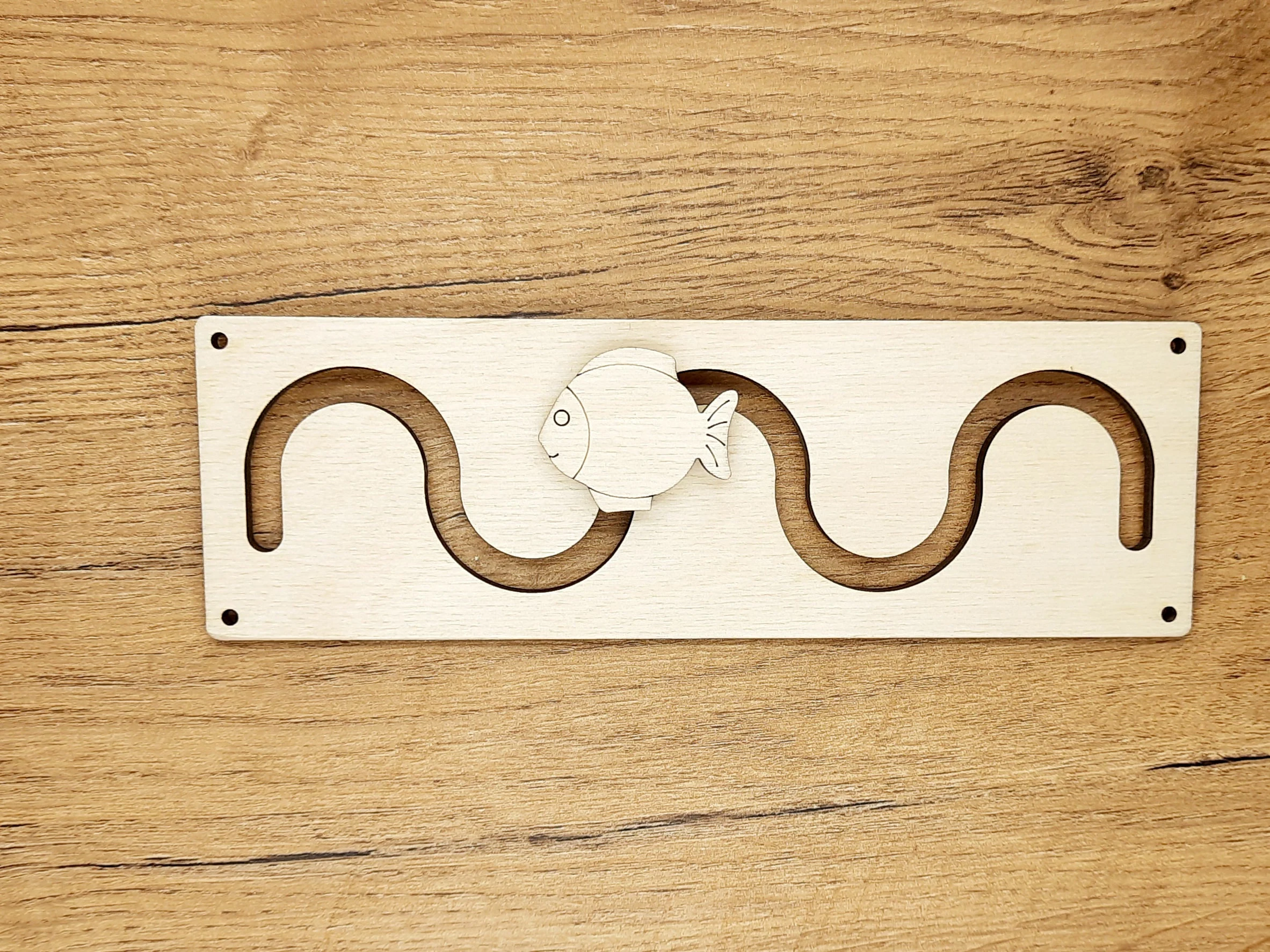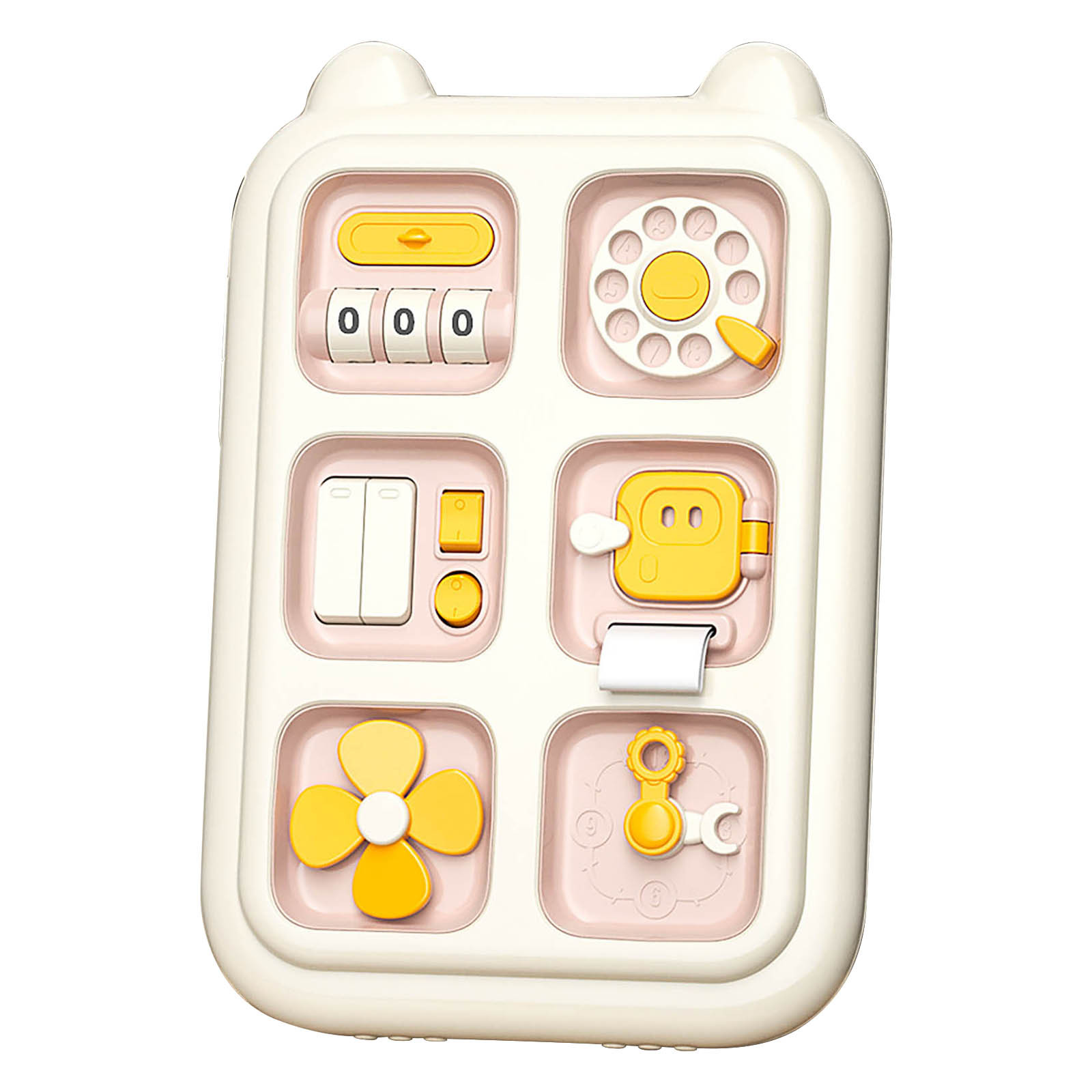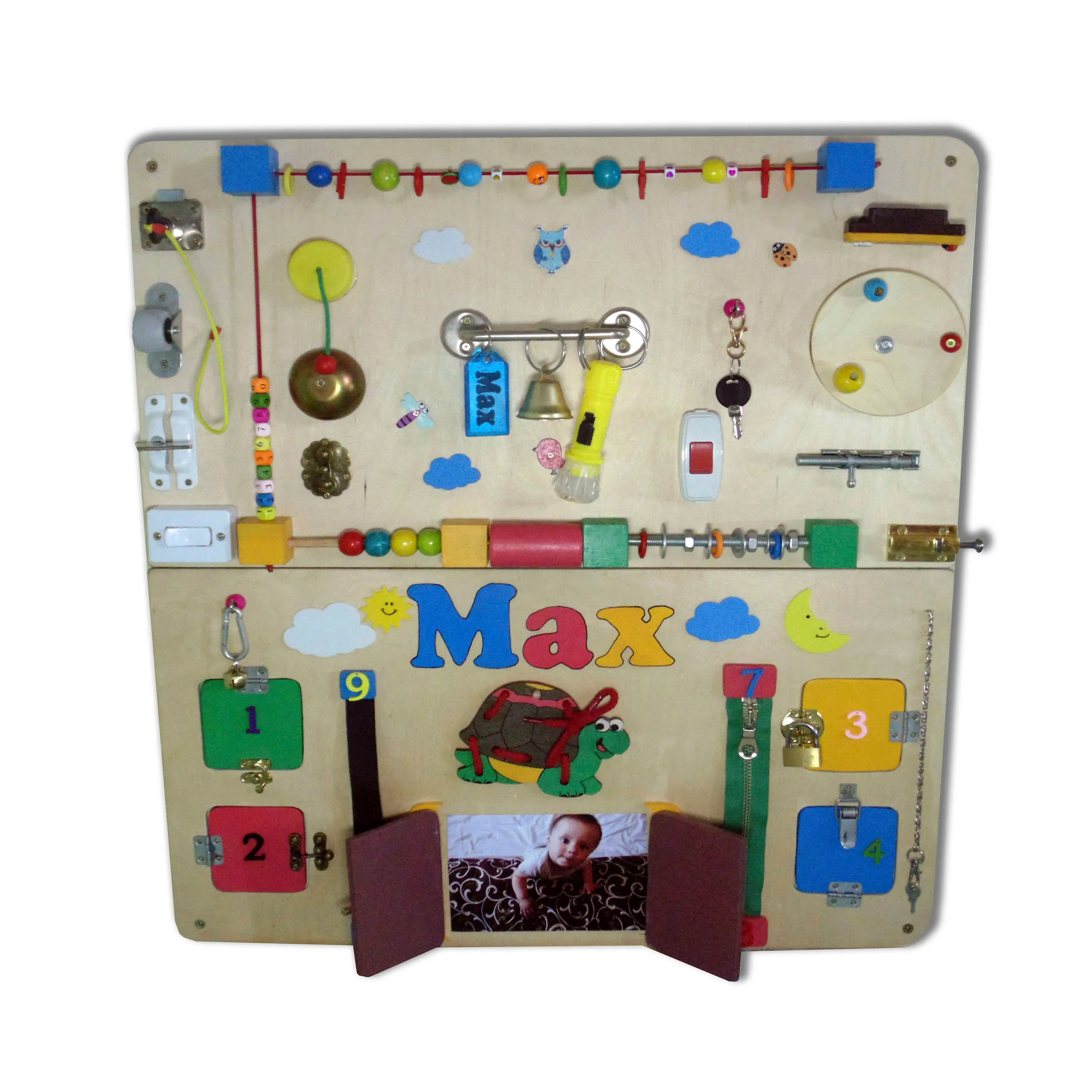Blog
The Benefits of a Busy Board for Different Age Groups: From Toddlers to Preschoolers
Hey there, fellow parent! If you’ve spent any time on parenting forums or scrolling through Pinterest, you’ve probably heard the term “busy board” pop up a few times. But what exactly is a busy board, and why should you care? Buckle up, because we’re diving deep into the magical world of busy boards, exploring the fantastic benefits they offer for children from toddlers to preschoolers (and maybe even beyond!).

What is a Busy Board?
First things first, let’s clarify what we mean by a busy board. Imagine an interactive play surface, often crafted from wood or sturdy cardboard, adorned with a variety of textures, colors, and activities that can engage your little one. Picture buttons, latches, knobs, zippers, mirrors, fabric swatches, and more—basically, it’s an enticing playground for small hands and curious minds!
Busy boards have gained immense popularity, and for good reason. They offer tons of developmental benefits while keeping busy little hands occupied, freeing you up for those rare moments of adulting. Let’s break down how these boards can cater to different age groups.
For Toddlers (Ages 1-3)
- Sensory Development:
Toddlers are naturally curious, exploring the world with their senses. A busy board is a perfect tool for sensory exploration. With different textures (think soft fabrics, smoothwood, fuzzy pom poms), and engaging colors, it opens the door to multisensory experiences. This type of play not only entertains but also boosts sensory development. - Fine Motor Skills:
Busy boards are a wonderful way to enhance fine motor skills. When toddlers work with latches, buttons, and zippers, they strengthen the small muscles in their hands and fingers. This is essential for later skills like writing and self-feeding! - Problem-Solving Skills:
Many busy boards are designed with puzzles or simple mechanisms (like sliding doors) that require toddlers to think through problems. “What happens if I push this?” or “How do I open this?” are questions that will arise as they explore, promoting problem-solving abilities at a young age. - Independence and Confidence:
By giving your toddler the space to explore a busy board, you allow them to achieve small victories on their own. Successfully working through the elements of the busy board fosters a sense of independence and boosts their confidence—both crucial for their emotional and social growth.

>>>Read more: The Best Infant Busy Board Features for Fine Motor Skill Development
For Preschoolers (Ages 3-5)
Now, let’s chat about the fabulous preschool years! By this stage, your little one’s brain is firing on all cylinders, so it’s essential to provide them with activities that foster growth. Here’s how busy boards can continue to play a role.
- Cognitive Development:
Preschoolers are in a constant state of learning and discovery. Expanding on the problem-solving skills they honed as toddlers, busy boards can feature more complex puzzles and challenges that encourage critical thinking. How do I figure out this pattern? Or what’s the next step in this sequence? Busy boards can stimulate those cognitive gears, all while having fun! - Language Skills:
Interactive play on a busy board also opens up opportunities for language development. As you engage with your child, describing what they are doing or asking open-ended questions can help expand their vocabulary. “What color is this button?” or “Can you tell me how you opened this latch?” are simple ways to incorporate language learning into playtime. - Social Skills:
At this age, children are engaging with peers more frequently, and a busy board can facilitate social interaction. When kids gather around a busy board, they’ll share, negotiate, and take turns, which are all crucial components of social skill development. Collaborative problem-solving while having fun? Win-win! - Creativity and Imagination:
Busy boards can serve as a springboard for imaginative play. Encourage your preschooler to create stories based on what they’re exploring on the board. The button could be a spaceship, the zipper a treasure chest—let their imagination soar!

Conclusion: The Ageless Wonders of Busy Boards
While busy boards are often associated with young children, their benefits can stretch well into the preschool years and even beyond. The best part? They’re customizable! You can create a board that evolves with your child’s interests and developmental stages. Whether you choose premade options or create your busy board, you can add different activities over time as your child learns and grows.
So next time you’re looking for engaging, educational playtime, consider bringing a busy board into the mix. With the ability to develop fine motor skills, enhance cognitive capabilities, and foster independence and socialization, it’s a fantastic tool that makes playtime doubly rewarding!
Happy playing, and may your busy board adventures be endless!
